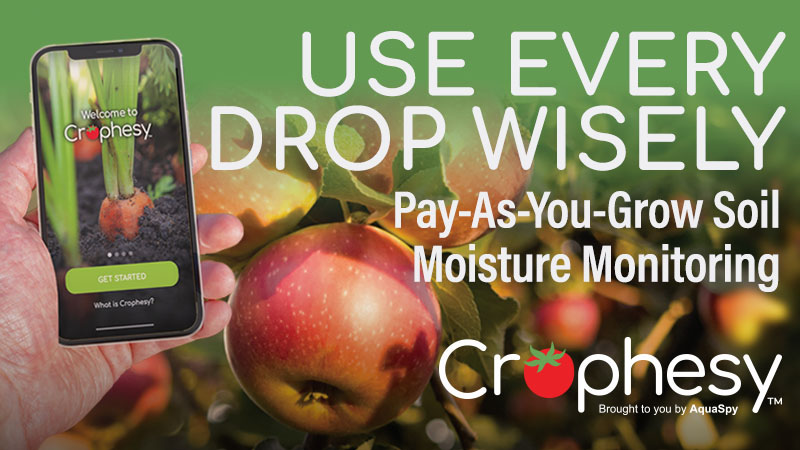California Growers Enjoy Groundwater Recharge — But Wary of Storms at Bloom

Almond grower Christine Gemperle of Turlock, CA, opens a valve to allow excess storm flows to flood a portion of her land. Precipitation output from a series of storms have helped growers like Gemperle recharge local groundwater basins.
Photo courtesy of Almond Board of California
California growers are understandably thankful for all the storms the state has received this winter, but as spring approaches, they’d just as soon see Mother Nature calm down.
The Golden State depends on the snowpack for 1/3 of its supply. As it melts in the spring, it fills the state’s reservoirs, where managers have already let some water out because of fears of spillage this spring. It’s been a long time since that happened.
The snowpack itself is something to behold, experts believe it will set a record this year. There are nearly 55 feet of snow on Donner Summit, third highest in recorded history. But the atmospheric rivers that start way off near Hawaii are still coming, and that has growers concerned.
The late storms hit during almond bloom, meaning a smaller crop this year. But prune and other stone fruit growers will soon be looking to the skies anxiously. Bloom is expected in the next few weeks, and prune blossoms are not nearly as resistant to wind and rain as almond blossoms. In the past, severe storms during bloom have nearly wiped out the harvest, so growers are keeping their fingers crossed.
In the meantime, growers are celebrating the recharge of their chief source of water, the state’s aquifers, which have been severely depleted during the state’s drought. The key, according to the Almond Board of California (ABC), is for growers to utilize the excess water that comes from these atmospheric rivers and storms is directing flows to landowners who are able and willing to apply water to their land for groundwater recharge.
Growers that are able to receive floodwater can help recharge local groundwater basins, ease pressure on flood control infrastructure by diverting water elsewhere and help support meeting the goals set in the Sustainable Groundwater Management Act (SGMA). This practice can help ensure a sustainable and reliable source of groundwater for all: farmers, communities and the environment.
The ABC and the non-profit Sustainable Conservation have developed an Introduction to Groundwater Recharge Guide so California almond growers can begin evaluating their options for addressing local sub-basin overdraft through recharge, helping secure reliable, sufficient, and drought-resilient groundwater supplies.
These on-farm recharge strategies can be adapted so almond growers can play a big part in helping to recharge groundwater with valuable runoff flows this spring and even into summer.









